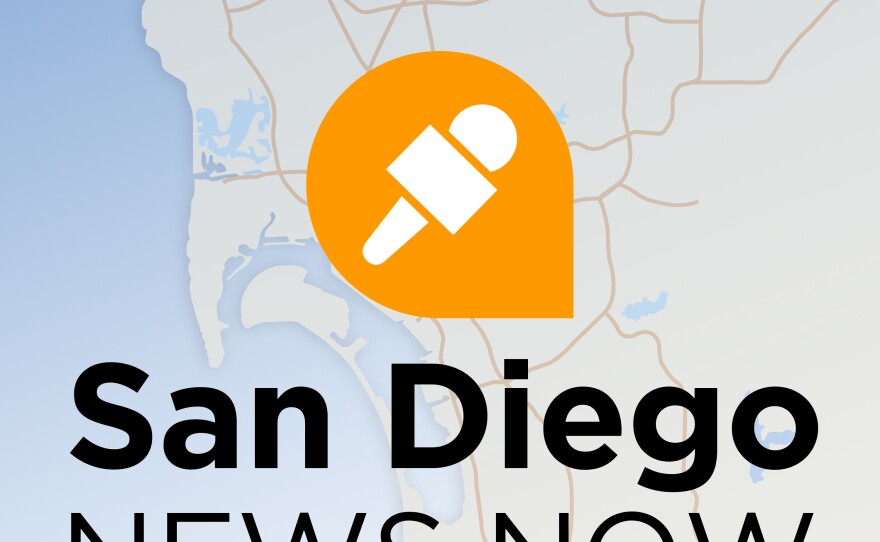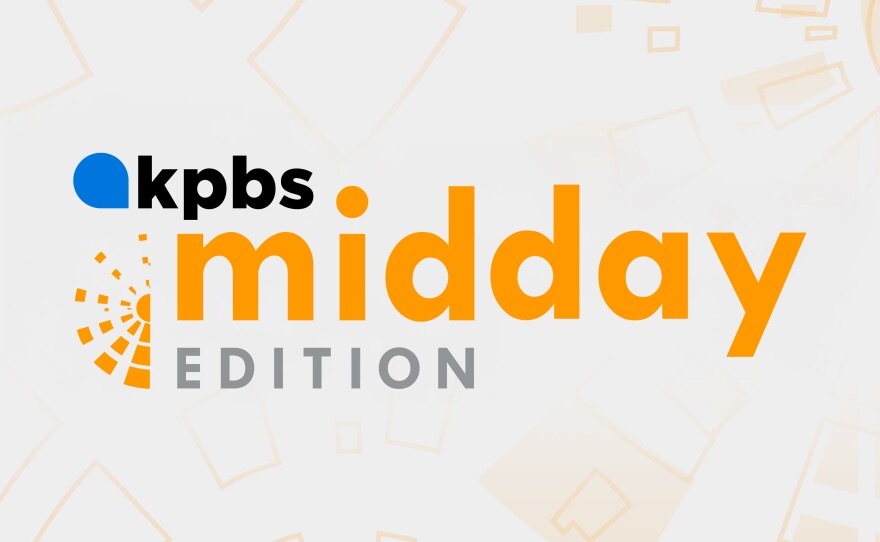Four years after Stockton conducted a nationally-watched experiment, giving 125 households $500 a month with no strings attached, dozens of programs throughout California are testing the idea of a guaranteed income.
CalMatters identified more than 40 similar pilot programs that have run, are operating or are planning to launch around the state. They are sending certain groups of low-income people regular, unrestricted cash payments ranging from $300 to $1,800 a month for periods of six months to three years, depending on the program.
In all, the programs represent the largest modern U.S. experiment in unrestricted cash payments, with more than 12,000 Californians expected to receive more than $180 million in public and private funds. Nowhere else have so many guaranteed income pilot programs launched at the same pace.
“All of these pilots are seeking to demonstrate what’s possible across the country for state and federal policy,” said Sean Kline, associate director of the Stanford Basic Income Lab, which is tracking more than 100 pilot programs across the country. “It’s safe to say (California) is one of the states that has the greatest scope to fund a larger-scale version of these guaranteed income pilots.”
Proponents of a guaranteed income say it can bridge the gaps between wages and existing social welfare programs and families' basic needs. They argue that unconditional cash — as opposed to typical welfare programs — gives people in poverty the freedom to address the myriad challenges that hold them back, be it high rent or a broken-down car, a lack of savings or an unexpected emergency.
The California programs are offshoots of universal basic income, a decades-old idea that was revived in 2019 when longshot presidential candidate Andrew Yang proposed giving everyone in society unrestricted cash payments as an answer to automation and job losses.
In California, with its high rate of income inequality, a growing movement instead focuses on guaranteed income targeted to specific groups.
Some recently launched programs in Mountain View and Coachella are designed with immigrant families in mind because many immigrants were left out of federal pandemic aid programs.
Other programs across the state are testing the impacts on racial disparities, homelessness prevention, domestic violence survivors and child neglect.
In San Francisco, a privately-funded program is testing how a guaranteed income could support artists and another helps low-income pregnant residents and new mothers.
The Abundant Births project — privately funded but recently approved for state grants to expand to five other counties — has been giving $1,000 a month to expectant Black and Pacific Islander parents during pregnancy and for six months after giving birth.
The two demographic groups experience high rates of adverse outcomes, such as preterm birth, low birth weights and maternal and infant mortality, said Dr. Zea Malawa, a program manager in the city’s public health department. University of California researchers will study if reducing financial stress improves children’s development and other outcomes.
“We’re hoping to access people during this critical window that can have huge ramifications for the baby for the rest of their life,” Malawa said. “When a baby is born healthy and on time and in loving, supportive, non-stressful situations, the benefits of that last a lifetime.”
California is the first state to pilot its own guaranteed income programs, using a pool of funding Gov. Gavin Newsom approved in 2021.
The Department of Social Services has announced it’s giving $25 million to pilot seven programs that, later this year, will enroll 1,975 pregnant parents and foster youth preparing to leave state custody. The programs, which are required to provide at least 50% in private matching funds, will pay participants $600 to $1,200 a month for 12 or 18 months.
“This effort will serve as an important opportunity to assess the impact of an economic intervention during key life transitions,” said Jason Montiel, a spokesperson for the California Department of Social Services. Researchers at the Urban Institute and UC Berkeley will study the employment, educational outcomes, financial stress, health and overall well-being of the recipients.
Several cities and counties are also testing their own programs, spurred by political support for cash payments during the pandemic and an influx of federal COVID relief dollars.
It could be years before anyone knows the lessons learned from the experiments. The results are intended to help policymakers determine whether discretionary cash — in addition to other assistance programs — can alleviate social problems, improve lives and perhaps save money in the long term. They also may prompt discussions about whether current assistance programs should be reformed or supplanted.
Bridging gaps
Many California pilot programs, including state-funded ones, allow the recipient to continue receiving their other safety-net benefits while getting the guaranteed income.
Critics say such unrestricted payouts discourage work and that California can’t afford to expand its social safety net this way.
The pilots created new cash benefits “and simply tacked it onto the existing welfare system, and that’s not reforming the system,” said Michael Tanner, a senior fellow at the libertarian Cato Institute. He said he supports replacing existing programs with unrestricted cash.
“I’m not sure the answer should be spending any more than we already are,” he said.
Also among the skeptics: Lorena Gonzalez Fletcher, leader of the California Labor Federation, argues that relying on cash programs to supplement family incomes lets employers off the hook for paying low wages.
“When it comes to social programs, they should be targeted towards people who can’t work,” she said. “If you work 40 hours a week, or 50 or 60 hours a week, you should not live in poverty, and you should not be able to qualify for social service programs.”
“I’m not sure the answer should be spending any more than we already are.”— Michael Tanner, senior fellow at the Libertarian Cato Institute
Meanwhile, managers of the pilots say they’re making a case for the government to make safety net programs less rigid.
“I hope people learn that you can trust people with money,” said Michael Tubbs, the former Stockton mayor who launched the city’s guaranteed income program in 2019. “Money may not solve every single issue, but every single issue is more solvable when folks have their basics taken care of.”
That was the case for Stephanie Drzymkowski. The 41-year-old Los Angeles single mother used to drive 60 miles each way to a staffing agency job in Orange County. Her 1996 Bronco frequently gave out on the freeway.
“I already knew I was on the verge of losing that job at any time,” she said.
After she was laid off in 2021, she made UberEats deliveries on a bike to pay rent on the single room she shares with her 9-year-old daughter.
Then Los Angeles picked her as one of 3,204 randomly selected families with children living below the poverty line for its guaranteed income pilot. The program ran for a year in 2022.
She put the first $1,000 monthly check toward a down payment on a car. That got her to a new job — that she made it to on time, she said. She made car payments for the rest of the program and put the rest in savings, hoping to one day get her and her daughter their own apartment.
“I think it is really important over the next couple of years … that there be almost a pool of questions that we all agree on.”— Dawnté Early, CEO of United Way of the California Capitol Region
A report on Stockton’s program released in 2021 found that one year in, those who received the guaranteed income were nearly twice as likely as a control group to be able to pay for an unexpected expense with cash. They also reported improved mental health and — a surprise to some — they increased their rate of employment.
At the start of the program, 28% of the group was employed full-time. A year into the experiment, 40% was. A control group’s full-time employment increased from 32% to 37%.
Some recipients used the money to train for better, higher-paying jobs, or they consolidated gig work into full employment, the report said.
The next report on Stockton’s second year is expected to be released sometime this year. Meanwhile, Tubbs advises Newsom on poverty and inequality, and he founded Mayors for a Guaranteed Income, which helped launch several other guaranteed income pilots in California and is pushing for a federal policy.
Measures of success?
Some program managers hesitate to point to a single outcome as their program’s measure of success. One primary goal, they said, is to give low-income families more decision-making power.
“The whole basis of guaranteed income is believing that people are best positioned to address their needs,” said Celeste Rodriguez, associate director of the Community Investment for Families Department, which oversees the Los Angeles city pilot. “Any opportunity to support families in meeting their basic needs, that’s a piece of success for us.”
Dawnté Early, CEO of United Way of the California Capitol Region, oversees a two-year, philanthropically-funded program in Sacramento that wraps up this June. A second iteration, which the city and Sacramento County will fund, will include an evaluation by a Sacramento State University researcher.
Early said she wants the state to one day run a guaranteed income program, but the variety of pilot programs operating now will have to provide answers to some overall questions — such as are the payments best suited for immediate needs or for long-term financial stability, and how many months does it typically take to gain stability?
“How are you actually measuring (the program) ‘working?’” she said. “I think it is really important over the next couple of years … that there be almost a pool of questions that we all agree on.”
Others say there isn’t much research yet on what happens to participants several years after a pilot program ends. Proponents acknowledge that if the government is going to expand a program, they’ll need more data on how the payments affect employment.
In Marin County, preliminary results suggest that building a longer-term financial safety net from the programs is more challenging than meeting immediate needs.
The Marin Community Foundation this year will wrap up a two-year pilot program of giving $1,000 a month to 125 low-income mothers of color.
More than 90% of recipients have so far reported using at least some of the money on basic needs, and 7% have said they’ve been able to save some of it, said Barbara Clifton Zarate, the foundation’s director of economic opportunity.
About half of the participants don’t have any savings, she said.
-
President Joe Biden is proposing new rules that would limit access to asylum, similar to Trump-era policies.
-
Law enforcement officials arrested 48 people in connection with a month-long operation targeting suspected sex traffickers in National City and San Diego. We hear from a local expert on how sex trafficking impacts minors.








